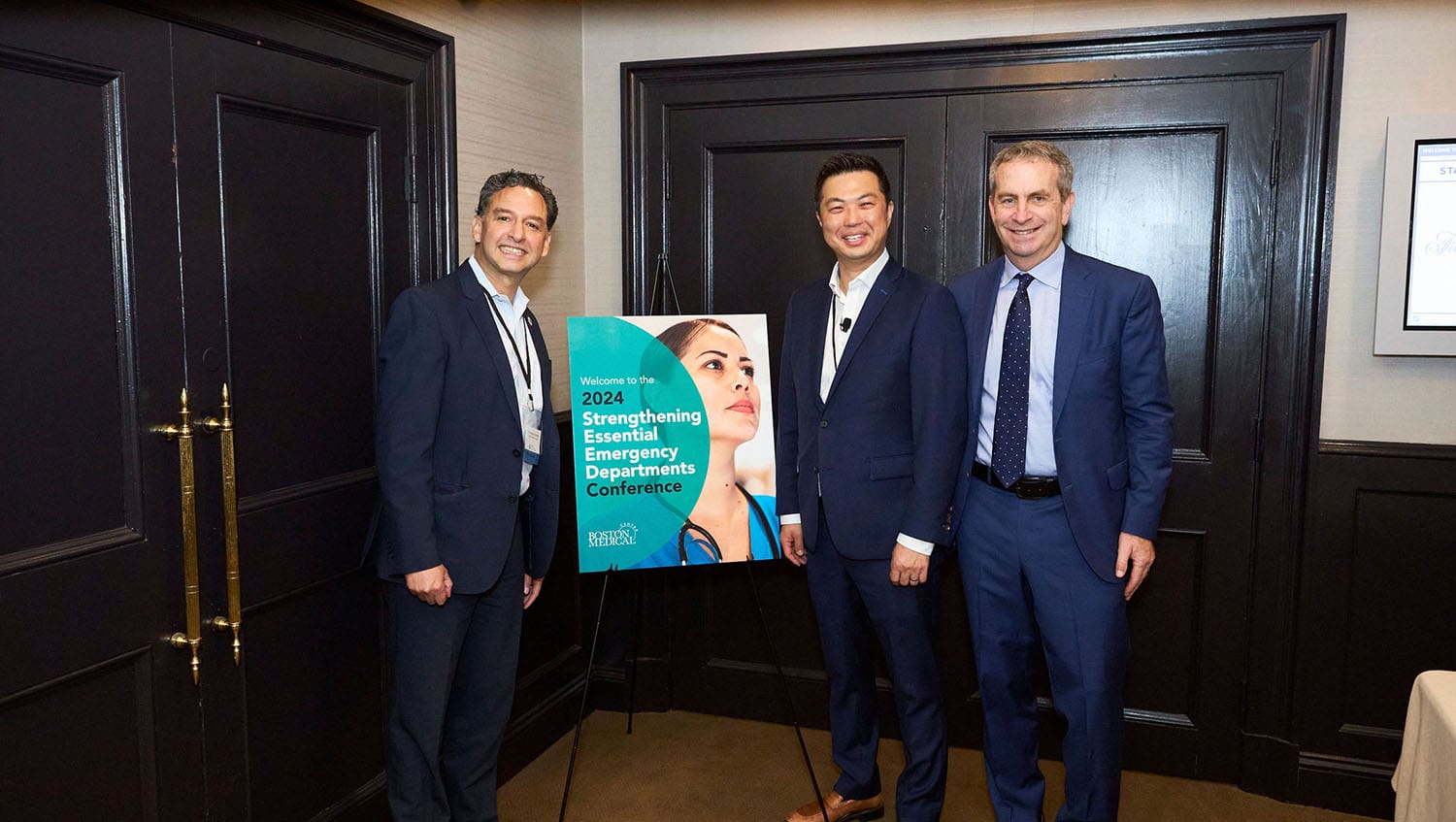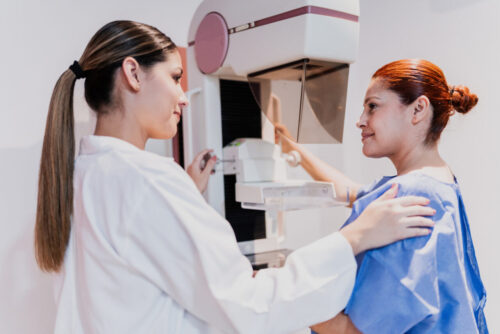Emergency Departments Make the Case to Be Key Partners in Delivering Value-Based Care
June 28, 2024

Boston Medical Center
"We're really good at treating illness, but it's also on us then to advocate for and to work with partners to try to address those upstream social drivers of health," says SEED conference lead, Dr. Brian Yun.
As the COVID-19 pandemic only highlighted, emergency departments are force in handling a public health crisis. But that public health crisis doesn't have to be as acute or transformative as the pandemic for emergency department (ED) leaders to make a true difference. Improving public health more holistically also means breaking down social barriers to accessing healthcare—barriers that emergency medicine teams face in their patients every day, as EDs are often the front lines for some of our most vulnerable community members.
As hospitals and health systems shift to value-based care models that emphasize quality of care and patient experience, Boston Medical Center emergency physician Brian Yun, MD, MPH, MBA, believes that we must mobilize and evolve EDs to integrate across the health system and address upstream drivers of poor health. Yun led BMC's second annual Strengthening Essential Emergency Departments (SEED) conference earlier this month, where the theme was "The Intersection of Value-Based Care, Population Health, and Essential EDs."
HealthCity spoke with Yun after the conference to discuss offering value-based care in EDs, emergency medicine's role in advocacy and change, and what the future could look like for EDs.
HealthCity: The theme of this year's SEED conference was the intersection of value-based care, population health, and emergency medicine. Can you talk about what that means?
Brian Yun, MD: Traditional models of healthcare focus on volume. While outcomes and patient experience are part of the equation, they're not being directly incentivized. Value-based care is a shift to incentivizing the quality of care while also keeping costs in check. The idea of low-quality but high-cost is out the window.
Now, in emergency medicine, there are real challenges related to value-based care. For one, our patients come directly to us in need, and who we treat can be really broad. Second, the emergency department (ED) standard of care encourages more testing and diagnostics to avoid liability. Finally, many EDs are set up for acute, episodic, unscheduled care, but to truly affect outcomes, you need to practice longitudinal care.
This conference is asking us as nursing, administrative, and physician emergency department leaders to envision what an ED could look like. We wanted to use the time to think about our evolution into the future.
HC: What was the response to re-thinking emergency medicine as part of value-based care at the conference?
BY: What we found in the conference is that many EDs are already starting to do that—but they may not be aware that they're giving value-based care. After discharge, some EDs are following up with their patients. For example, we asked conference participants to submit best practices around value-based care. We only got two submissions. Then, we decided to open it up to all best practices, not just value-based care-specific. We got several more submissions, and almost all of them were about value-based care models. It shows that it's something that we as EDs are doing, but some don't even know they're doing it. Now, we have to work with our health system to see how the system can support and invest in these value-based care practices.
HC: What does that mean for the future of emergency medicine care and what comes next?
BY: The road to value-based care will require ED integration with the entire health system, across service lines. A good example: In a traditional emergency visit, when a doctor discharges a patient, they'll often say "Follow up with your primary care physician." But what we know is, most of the time, that doesn't happen. Maybe the patient doesn't even have a PCP—which can be common in our patient population—or they live with other obstacles, including not having a cell phone or a consistent address.
In a future setting, what you can imagine is a seamless transition from EDs to primary care using bridges to care. The example that came up often was using community paramedicine. In that model, if you're seen in the ED and discharged, until you're able to follow up with primary care, a paramedic will do a home visit, and a nurse will follow up to ensure you've, for example, filled your prescriptions and understand your discharge instructions. They also offer a bridge back to an ED physician if you have questions or concerns. Then, primary care or a specialty service can pick up the ball and run with it.
Success will require alignment of incentives. For example, imagine a patient with Parkinson's disease who falls at home and comes to the ED. Here, we do imaging to ensure there's no fracture, but chronically, we know this patient is not entirely self-sufficient. Now, it becomes the EDs job to figure out who is caring for this person at home—and it's not assured that they have anyone. That legwork requires a lot of care coordination and time, but for reimbursements, it's paid very little. The imaging for the initial potential fracture, on the other hand, is paid a lot. We need to acknowledge that the ED is the front door to healthcare for many people, including our most vulnerable, and we need an investment in those value-based activities.
HC: What do you think emergency medicine leaders took away from the SEED conference?
BY: What we found in this conference was that our participants didn't know much about value-based care as a concept, even if they were already offering it. So, our primary goal was learning from each other. Second was start brainstorming what potential models could look like in the emergency department. As part of those foundational goals, what ended up happening was people came out of the discussions realizing that they wanted to be part of the action-driving conversations happening in boardrooms or behind closed doors. We encouraged emergency medicine leaders to reach out to their chief financial officers or chief value-based care officers and say, "The ED would love a seat at the table."
We in the emergency department have a unique perspective on a patient's presentation. We often see the symptom of a much larger issue. The ED sees maybe an illness, but we know that it's been many years in the making before the person shows up that day with that level of illness. We're really good at treating that illness, but it's also on us then to advocate for and to work with partners to try to address those upstream social drivers of health.
Right now, many value-based care models are focused on primary care. Often, one of the successful outcomes for those measures is reduction in ED visits or reductions in ED return visits. It frames the ED as a failure. Now, we need to think about how the ED could be a partner in value-based care so that when someone does visit the ED, that visit is valuable to their overall health and wellbeing. There's no other setting in healthcare where you can accomplish things more efficiently. If there were, you'd be recreating the emergency department.
*This interview has been edited and condensed for length and clarity.


